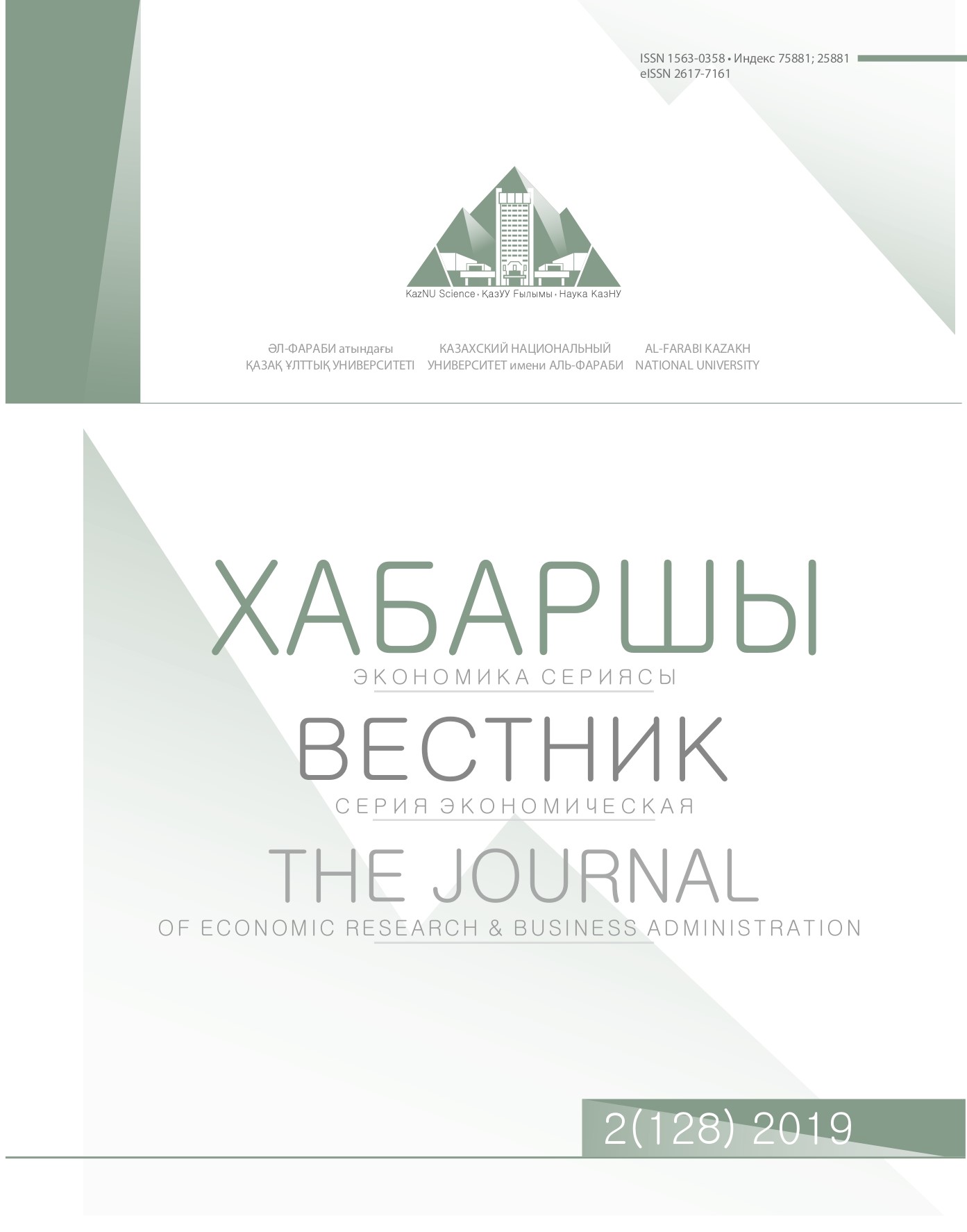Bayesian dynamic stochastic general equilibrium model of Kazakhstan
DOI:
https://doi.org/10.26577/be.2019.v128.i2.06Abstract
The article presents dynamic stochastic general equilibrium model of Kazakhstan and its parameters estimation by Bayesian methods. A feature of DSGE-approach is the use of the neo-Keynesian microeconomic foundation, which allows describing the behavior of key economic actors and taking into account the main market failures (imperfect markets and sticky prices). In addition, DSGE-models are based on the theory of rational expectations. The model is a system of 15 linearized equations for key macroeconomic indicators of the main economic sectors: households, enterprises, the National Bank, and the external sector. The model describes the economy in the short term (excluding investments in fixed assets), in the inflation targeting mode with a floating exchange rate. Parameters were evaluated by Bayesian methods. The advantage of this approach is the possibility to estimate parameters on short time series due to the use of prior information. This is important in the conditions of structural changes. Scenario calculations were performed on the estimated parameters for aggregate factor productivity shocks and aggregate demand shocks, for prices shock and for an increase in external interest rates. The results can be used for the development of monetary policy and optimization of its parameters. The results can also be used as a foundation for building applied QPM models.




